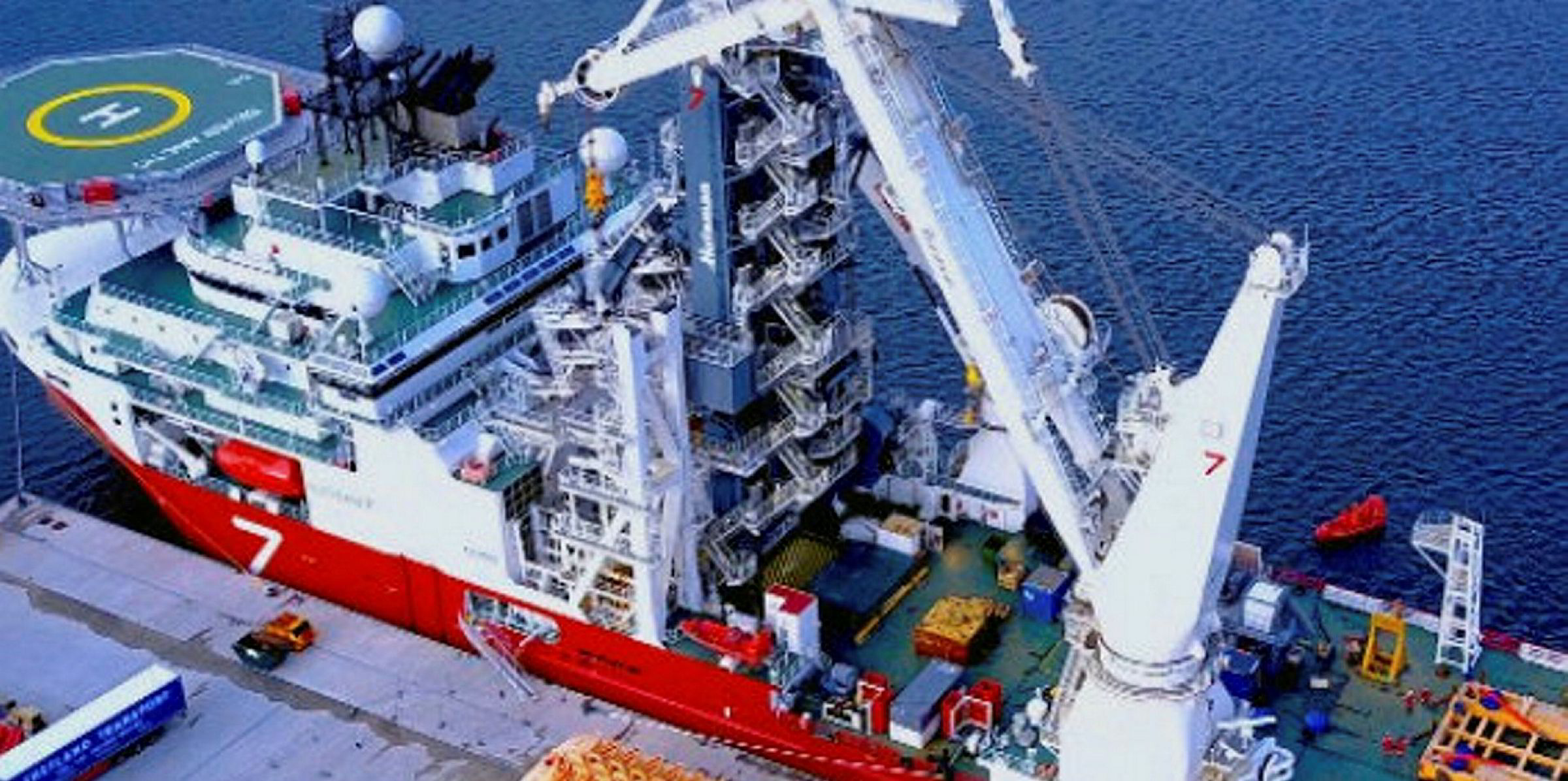Oil and gas contractor and shipowner Subsea 7 has torn up earnings forecasts provided last month as it suffers the effects of the coronavirus and the oil price slump.
The Oslo-listed group, which operates cable-layers and other subsea vessels, said it was making the decision "due to the general uncertainty in the world and for our industry caused by the coronavirus and the collapse in commodity prices."
It had expected both revenue and adjusted Ebitda to be higher this year than in 2019, driven by an increase in activity in key markets.
The company’s first priority is to protect the health and safety of its 12,000 employees, while it continues to deliver projects to its clients, it said on Wednesday.
"While the current year’s results are underpinned by a backlog at year-end 2019 of $5.2bn, including $3.3bn for execution in 2020, the dual impacts of the coronavirus and sharply lower commodity prices represent a significant headwind to the pace of the new awards required to meet prior guidance," the Kristian Siem-backed company said.
"In addition, it is possible that measures taken around the world to contain the virus may impact the company’s ability to execute existing contracts and recognise revenue in 2020."
Cash available to see it through
Subsea 7 still has significant liquidity available to weather the challenges, with $398m of cash and equivalents, as well as undrawn banking facilities of $656m.
It will provide an updated market view on 30 April.
A massive impairment charge related to weak pricing in the offshore wind turbine foundation market caused Subsea 7 to fall to a loss in 2019.
The offshore construction vessel owner's net loss for the full year was $82m, or a loss of $0.27 per share, compared to $165m profit in 2018, equal to $0.56 in earnings per share.
It was during the final quarter of 2019 that Subsea 7's bottom line felt the most impact.
The company booked a goodwill impairment charge of $100m during the period, which it said is related to "weakness in the wind turbine foundation market", caused by increased competition.




